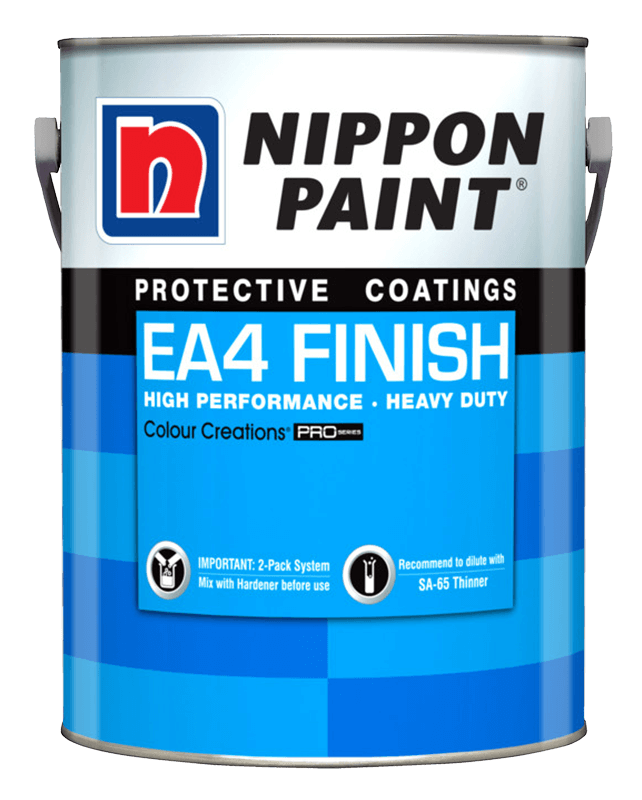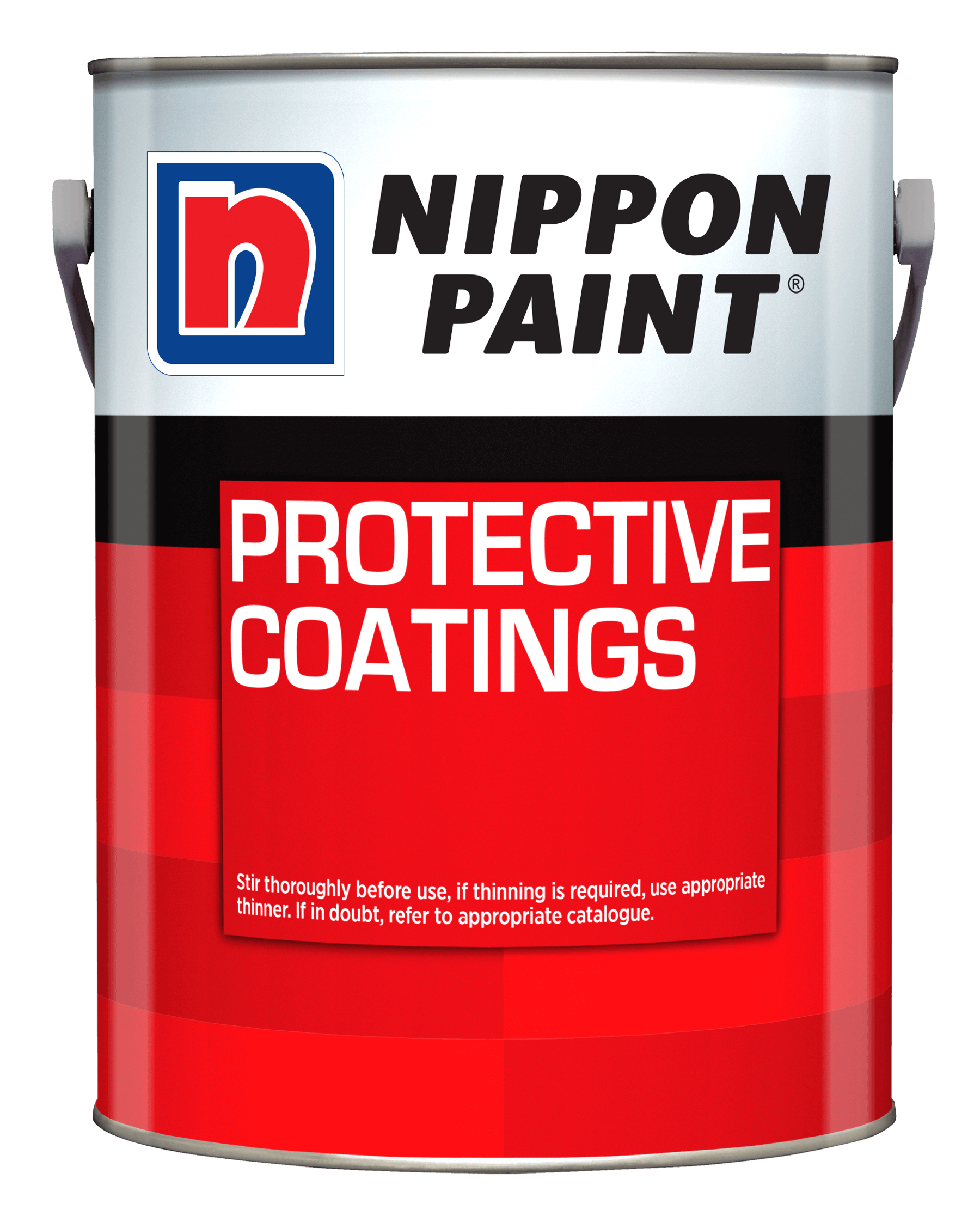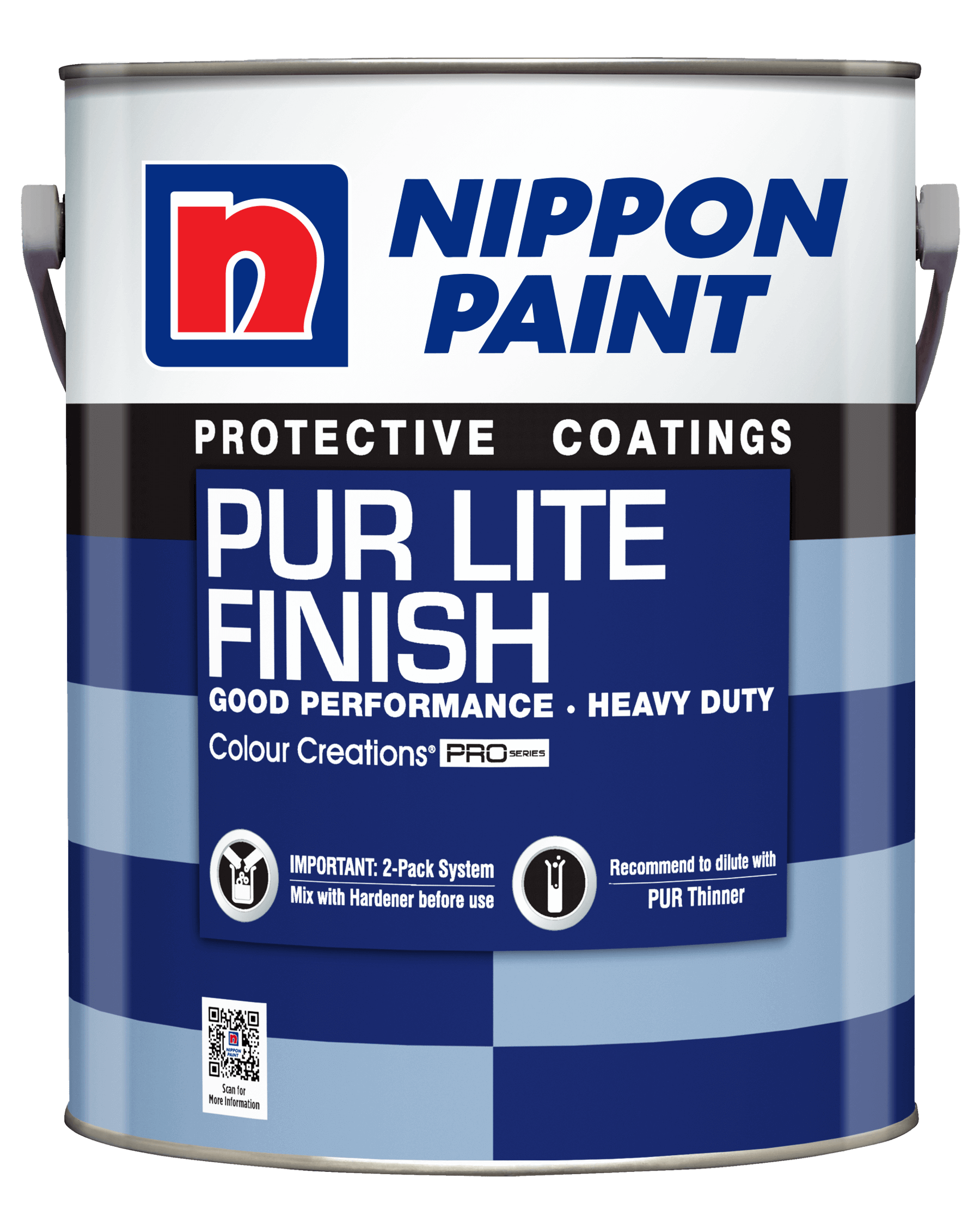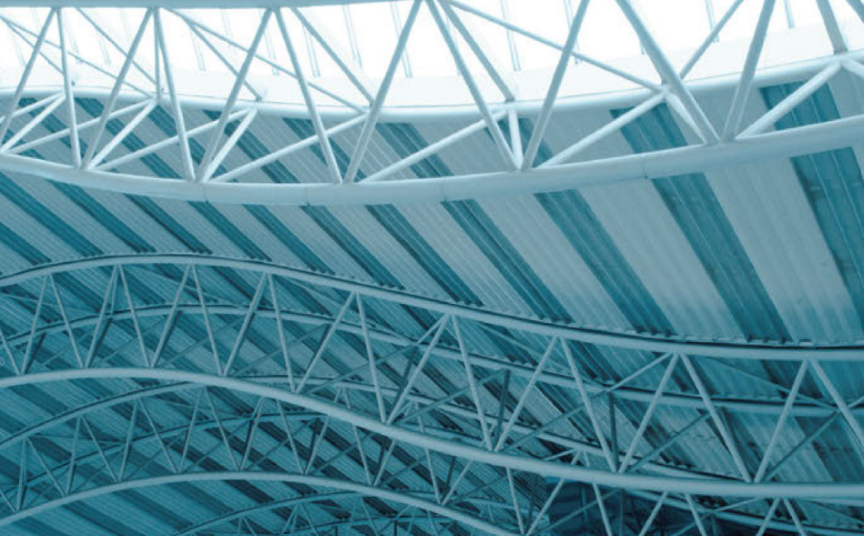
Corrosion is a costly problem. A study by the worldwide corrosion authority NACE International indicated that the global cost of corrosion is estimated to be US$2.5 trillion, equivalent to 3.4% of the world’s Gross Domestic Product (2013)¹; Malaysia’s annual cost of corrosion is about RM6.7 billion from RM207.4 billion of GDP².
By definition, corrosion is natural process that converts a refined metal into a more chemically stable form such as its oxide, hydroxide or sulphide state, which resulted in deterioration of the material. It can occur all the time and appears in different forms at different environments.
When exposed to open air, immersed in water or surrounded by soil, all unprotected steel is subject to corrosion and consequently will undermine a building’s structural integrity. Therefore, corrosion protection is essential as it will optimise the performance and maximise the lifetime of the steel structure to which it is applied.
ISO 12944 CORROSION PROTECTION
It is important to note that selecting a coating system that complies with ISO 12944 can provide you with the confidence and peace of mind that the corrosion protection you specify will fulfil your project and purpose. ISO 12944 standard aims to assist engineers and corrosion experts in adopting best practices in corrosion protection of structural steel in new constructions. It is widely adopted and globally accepted industry standard, recognised by specifiers worldwide.
When selecting the best coating system for your project, you must first consider the environment and then the desired durability.
1. Determine Environment
It is crucial to determine the environment surrounding your project. This can be classified as atmosphere category (where the corrosion can occur in interior and exterior of the building), and immersed category (for buildings immersed in water or buried in soil).
| CORROSIVITY CATEGORY | EXTERIOR | INTERIOR |
|---|---|---|
|
C1 (Very Low) |
- | Heated buildings with clean atmospheres (e.g. offices, shops, schools, hotels). |
|
C2 (Low) |
Atmospheres with low level of pollution: mostly rural areas. | Unheated buildings where condensation can occur, e.g. depots, sports halls. |
|
C3 (Medium) |
Urban and industrial atmospheres, moderate sulphur dioxide pollution; coastal areas with low salinity. | Production rooms with high humidity and some air pollution (e.g. food-processing plants, laundries, breweries, dairies). |
|
C4 (High) |
Industrial areas and coastal areas with moderate salinity. | Chemical plants, swimming pools, coastal ships and boatyards. |
|
C5 (Very High) |
Industrial areas with high humidity and aggressive atmosphere and coastal areas with high salinity. | Buildings or areas with almost permanent condensation and with high pollution. |
|
CX (Extreme) |
Offshore areas with high salinity, industrial areas with extreme humidity and aggressive atmosphere and subtropical and tropical atmospheres. | Industrial areas with extreme humidity and aggressive atmosphere. |
Note: Corrosivity categories can also be estimated by considering the combined effect of the following environment factors: yearly time of wetness, yearly mean concentration of sulphur dioxide and yearly mean deposition of chloride (see ISO 9223). The loss values used for the corrosivity categories are identical to those given in ISO 9223.
| CATEGORY | ENVIRONMENT | EXAMPLES OF ENVIRONMENT AND STRUCTURES |
|---|---|---|
|
IM1 |
Fresh Water | River installations, hydro-electronic power plants. |
| IM2 | Sea or brackish water | Immersed structures without cathodic protection (e.g. harbour areas with structures like sluice gates, locks or jetties). |
| IM3 | Soil | Buried tanks, steel piles, steel pipes. |
| IM4 | Sea or brackish water | Immersed structures with cathodic protection (e.g. offshore structures). |
Note: For corrosivity category IM1 and IM3, cathodic protection can be used with a paint system tested accordingly.
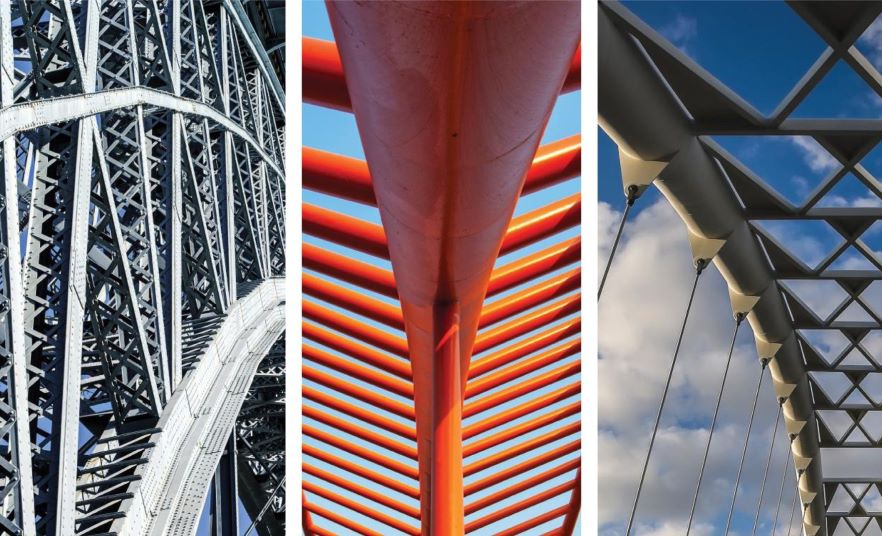
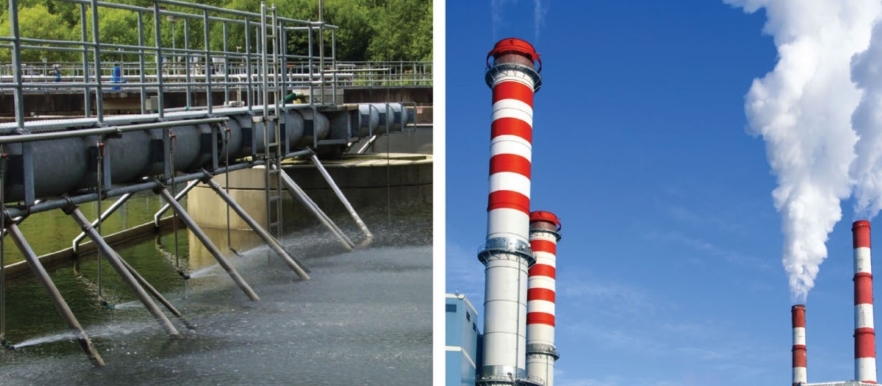
2. Desired Durability
Next to be considered is the durability or performance of the coating system before first major maintenance. Minor maintenance should be carried out regularly in order to achieve the required lifespan of the coating system to first major maintenance. Common durability considerations include design of the structure, conditions during application, time to first maintenance and accessibility for maintenance.
| DURABILITY | YEARS TO FIRST MAJOR MAINTENANCE |
| Low (L) | Up to 7 years |
| Medium (M) | 7 to 15 years |
| High (H) | 15 to 25 years |
| Very High (VH) | More than 25 years |
3. Select ISO 12944 compliant coating system
Once you’ve determined the environment and desired durability, it’s time to choose an ISO 12944 compliant coating system for your project. There are extensive ranges of coating systems available in the market today, catering to both atmospheric and immersion corrosion categories, for carbon steel to hot dip galvanised steel and so forth.
YOUR SOLUTIONS TO CORROSION
As a global leader in coating technologies with a database of more than 10,000 paint formulations, Nippon Paint Malaysia prides itself in being a Total Coating Solutions provider. Nippon Paint places strong emphasis in Research and Development (R&D) activities, which remains a core priority to its success in product innovation, producing the widest range of innovative and protective products for surfaces, from roof to floor and everything in between. Nippon Paint Protective Coatings are specially formulated solutions that protect surfaces that are highly prone to corrosion, rust, and the detrimental effects of the environment. These are ideal for any metal surfaces i.e., structural steel works, storage tanks (for edible products, fuel, oil, water and etc.), pipes, piles, vessels and metal bridges.
Nippon Paint’s anti-corrosion solutions encompass two types of coating systems:
1. Conventional Protective Coatings
Nippon Paint’s conventional protective coatings are specially developed to protect surfaces under normal service condition to an environment of light moisture condensation and presence of mild corrosive chemical.
2. Heavy-Duty Protective Coatings
Nippon Paint also has an extensive range of heavy-duty protective coatings that are designed to protect surfaces under severe service condition exposed to an environment of medium to high condensation and presence of corrosive chemicals.
NOTABLE PROJECTS
Nippon Paint Malaysia takes pride in being part of many completed projects across Malaysia. Among the projects that used Nippon Paint Protective Coatings include:
- IM4U Youth Centre, Selangor
- Legoland, Johor
- Kuala Lumpur Convention Centre, Kuala Lumpur
- Kelloggs Factory, Negeri Sembilan
- Kimanis Power Plant, Sarawak
- Manjung 4 Turbine Hall, Perak
Contact Nippon Paint Malaysia for Your Protective Coatings Needs Today.
Customer Careline: 1-800-88-2663
E-mail: customercare@nipponpaint.com.my


